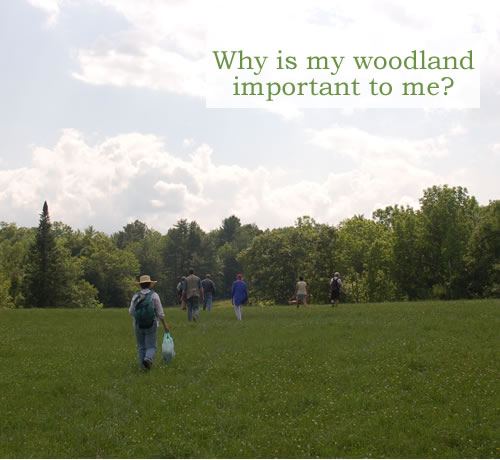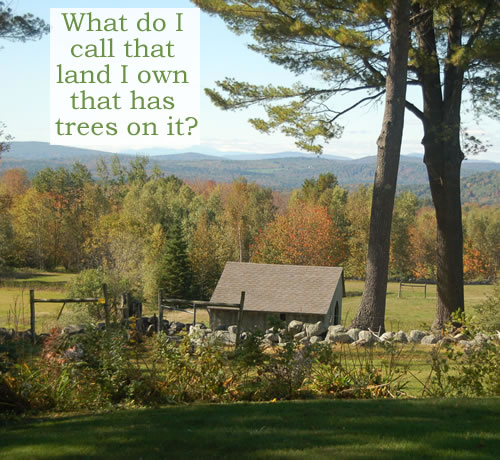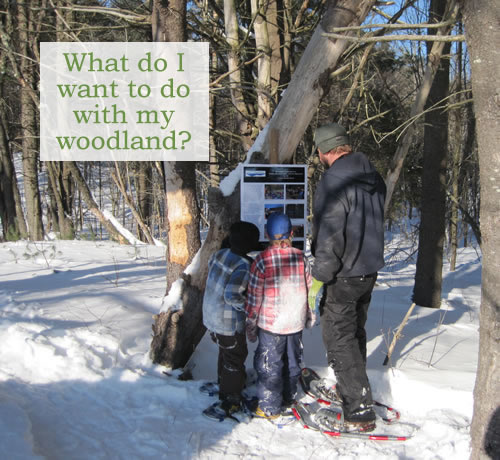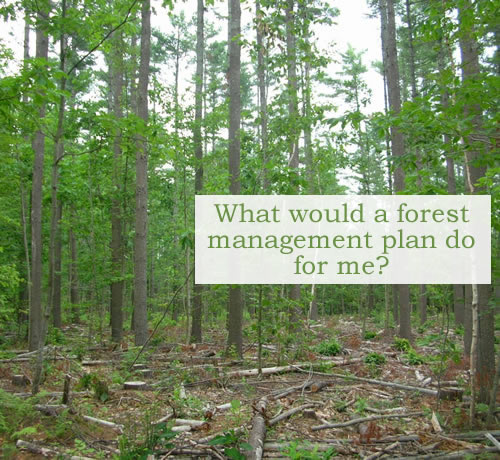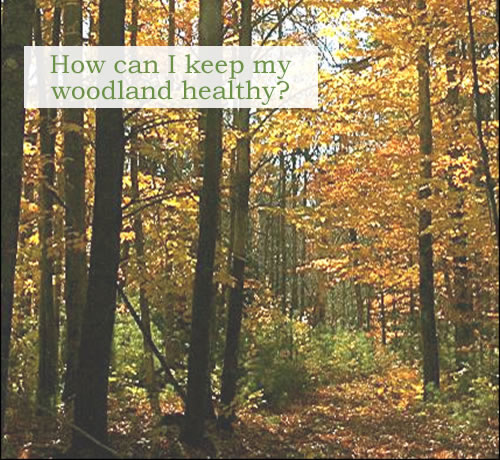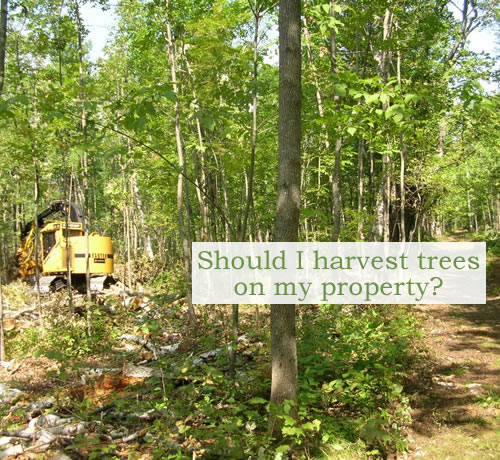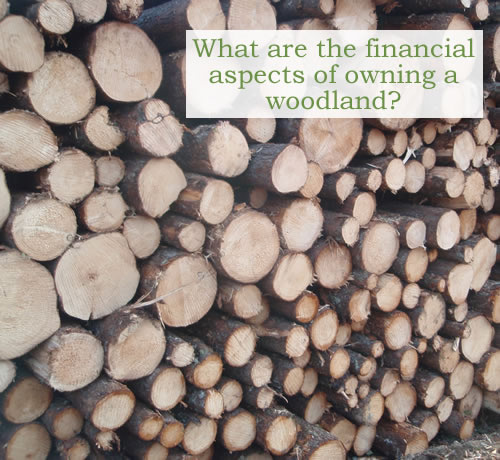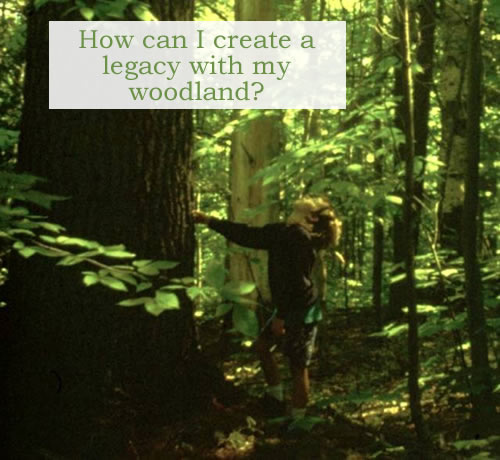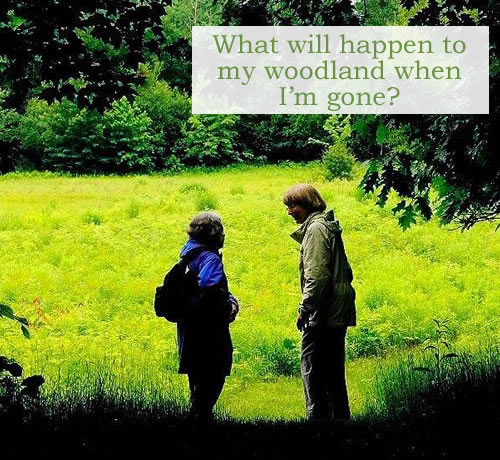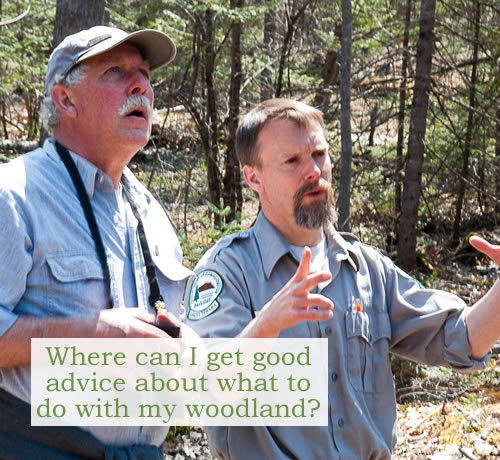Home → Your Woodland → Learn What You Can Do for Kennebec County's Woodlands → A Stewardship Storyline
Your Woodland: A Stewardship Storyline
As a woodland owner, you value your forestland for many reasons. Recreation, privacy, solitude, wildlife habitat, timber harvesting, protection of soil and water quality, or any combination of these interests may be the driving force behind your decision to own land. The choices you make about your woodland based upon your management priorities will shape the future of your forest.
This resource guide introduces you to the basic steps of woodland stewardship. Taken as a whole, these Stewardship Steps are intended to help in your decision-making about your woodland. You don’t need to read every page of this guide to make use of the stewardship steps. Start with your interests and find answers to the questions that are most important to you.
- Why is my woodland important to me?
- What do I call that land I own that has trees on it?
- What do I want to do with my woodland?
- What would a forest management plan do for me?
- How can I keep my woodland healthy?
- Should I harvest trees on my property?
- What are the financial aspects of owning a woodland?
- How can I create a legacy with my woodland?
- What will happen to my woodland when I’m gone?
- Where can I get good advice about what to do with my woodland?
